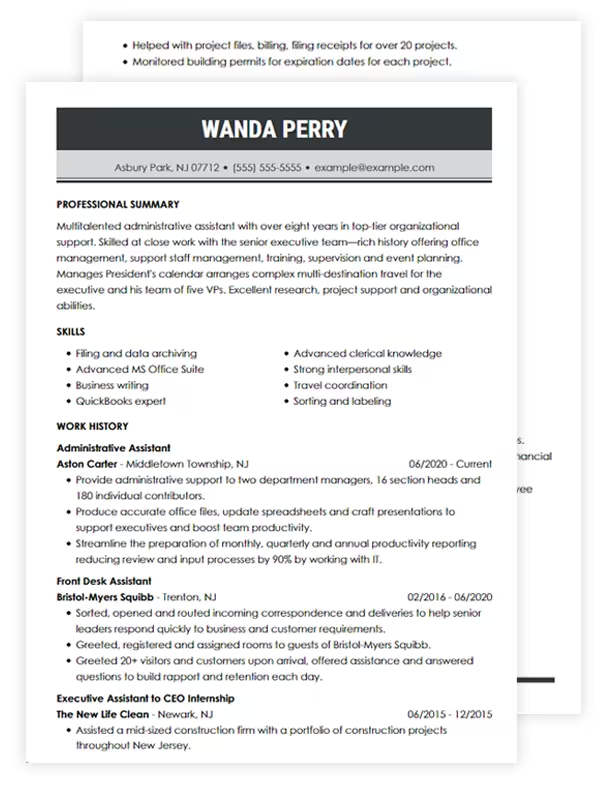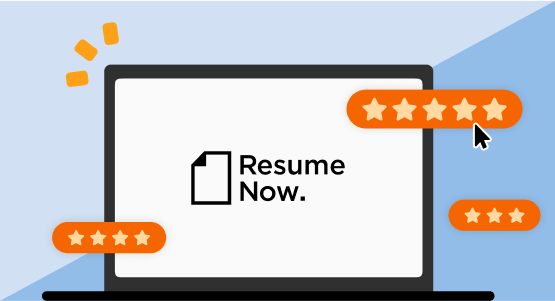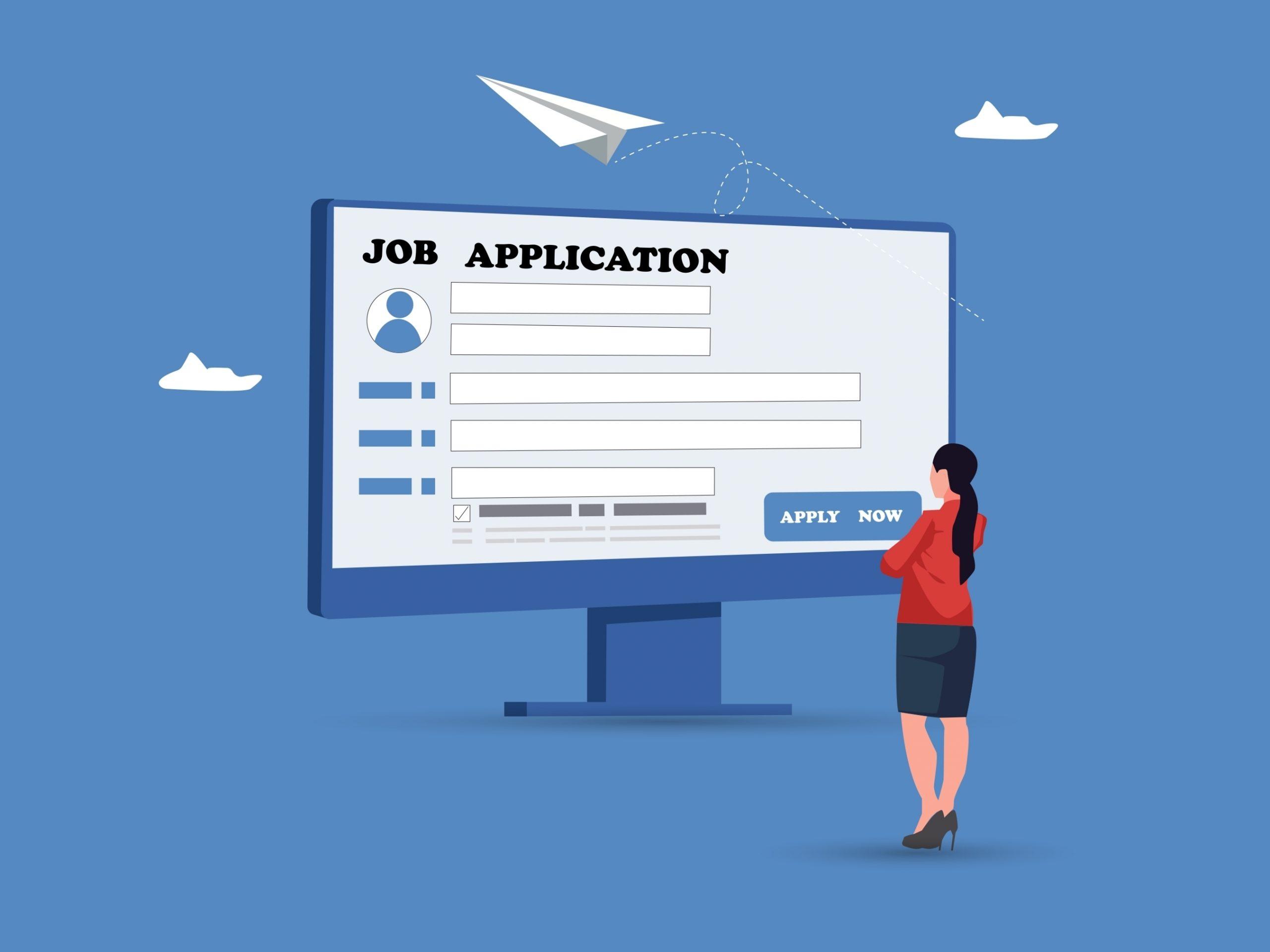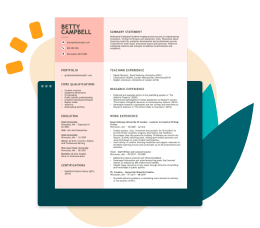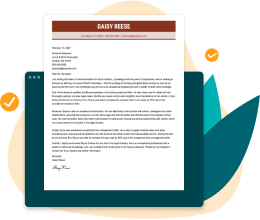When to Use a two-page resume (Tips Templates for 2025)
Struggling with a one-page resume? Explore the benefits of a two-page resume, when to use one and two-page resume templates for a standout job application.
Can a resume be two pages long?
Are you grappling with whether your resume should extend beyond the conventional one-page limit? A two-page resume might be the answer to this dilemma — but only if you meet specific criteria.
While a one-page resume remains the standard for most applicants, a two-page resume can be a fitting choice for certain candidates, particularly those with extensive professional backgrounds.
How many pages should a resume be?
Career experts agree that a resume should be between one and two pages long. Generally, you should allocate one page of your resume for every decade of experience. For instance, if you boast a career spanning 10 or more years, a two-page resume provides ample space to showcase your accomplishments and expertise effectively.
If you possess less than 10 years of experience, your resume should be one page long. If you struggle to list your achievements on one page, you might not be tailoring your resume to a specific job. You should focus exclusively on the skills and accomplishments corresponding to the job’s requirements.
How far back should a resume go?
Another question to ask when determining how long your resume should be is: how far back should a resume go?
Realistically, you don’t need to include every single job you’ve ever had, especially if you’re already a seasoned worker. Feel free to leave out those early college part-time roles if you’ve already spent over five years in the corporate world.
While there’s no strict rule for how far back to go regarding your work experience, focusing on the past 10 to 15 years of relevant experience is typically advisable. This ensures that your resume remains concise and pertinent to the job market.
When to use a two-page resume?
Considering a two-page resume? Here’s when it might be the ideal choice:
You possess extensive work experience:
If you boast a rich work experience spanning several roles and industries, a two-page resume offers the space to detail your career trajectory and accomplishments comprehensively.
You have a diverse skill set:
Candidates with a wide array of skills, certifications or qualifications pertinent to the desired position can benefit from a two-page resume, allowing them to effectively showcase their versatility and expertise.
You boast significant accomplishments:
For those with notable achievements, awards or accolades worth elaborating on, a longer resume highlights these accomplishments in greater depth.
You’re applying for a specialized position:
Seeking a role in a niche field that demands a more comprehensive overview of your background, such as academia or research? A two-page resume allows you to delve into relevant experiences and credentials.
You’ve had international experience:
If you possess international work experience, language proficiency or global achievements, a two-page resume enables you to showcase your cross-cultural competencies and diverse perspectives.

Pro Tip
In specific contexts, particularly in academia or research-oriented roles, you might consider using a curriculum vitae (CV) instead of a traditional resume. A CV typically spans multiple pages and provides a detailed overview of your academic and professional accomplishments.
When not to use a two-page resume
While a two-page resume can be advantageous in many scenarios, there are instances when it may not be necessary:
You’re an entry-level candidate:
If you’re a recent graduate or entry-level candidate with limited work experience, a shorter resume is often more appropriate. Focus on highlighting relevant skills, internships and academic achievements within one page.
You possess less than 10 years of experience:
As a general guideline, if you have less than a decade of professional experience, you may find filling two pages with relevant content challenging. In such cases, opt for a concise one-page resume instead.
Everything fits on one and a half pages:
If you can effectively summarize your qualifications and experiences within a page and a half, consider condensing your resume to one page. Emphasize only the most job-relevant achievements and skills while maintaining clarity and readability.

Pro Tip
If you need to include additional information or context that doesn’t fit into a two-page resume, consider supplementing your application with a well-crafted cover letter. A cover letter allows you to further expand on your qualifications, motivations and career goals.
Tips for writing a two-page resume
Crafting a compelling two-page resume requires careful attention to detail and strategic planning. Here are some tips to help you effectively structure and optimize your resume for maximum impact:
Just because you have more space available doesn’t mean you can stuff your resume with every single achievement.
It’s essential to highlight experiences, skills, and achievements that directly align with the job you’re applying for.
Tailor each section of your resume to emphasize the qualifications most relevant to the position.
Ensure your resume is consistent with the recruitment standards, such as 1.5 for line spacing and 1-inch margins, among other resume formatting rules.
Pick a layout that supports a lot of text on one page without making it seem bulky. You can browse our resume templates for some of the most popular resume layouts with smart design.
Quantify your accomplishments with specific numbers, percentages or other measurable metrics.
These quantifiable accomplishments provide concrete evidence of your abilities and help your achievements stand out to hiring managers.
In addition to listing your job duties and responsibilities, showcase tangible results and contributions.
Use action verbs and descriptive language to convey the scope and significance of your achievements.
Customize specific details in your resume for each job opportunity. For instance, incorporate keywords and phrases from the job description.
Tailored skills and qualifications demonstrate a genuine interest in the position and ensure that your resume aligns with the employer’s needs and preferences.
Depending on your background and the job requirements, you may choose to include additional sections such as “Professional Certifications,” “Volunteer Experience,” or “Publications.”
These additional sections help you diversify your experience in the eyes of recruiters instead of simply having a long work experience section.
However, be selective and prioritize sections that enhance your candidacy and reinforce your qualifications.
Creating a concise resume, whether one or two pages, is quick and easy with our top-rated Resume Builder. Simply type in your desired job title and watch as our Builder populates each resume section with the highest quality and most relevant content. You’ll be applying to a job twice as fast and focusing on making a good impression in your interview.
Key takeaways
- A resume’s ideal length is between one and two pages. Although most recruiters prefer a one-page resume, a two-page resume can be equally effective if done correctly.
- Not everyone should use a two-page resume. Only use a two-page resume if you’re a candidate with more than ten years of experience.
- When writing your resume, you should go as far back in your career as is relevant to the role. Generally, the last 10 years of your career are usually the most relevant.
- You can showcase achievements from further back in your career if your accomplishments and skills from that time are valuable for your desired position.
- A two-page resume can also help you showcase the full scope of your extensive experience and diverse skill set, especially if you’re a highly accomplished individual, such as an executive, VP or any other senior-level professional.
- You should never use a two-page resume if you’re an entry-level candidate, a recent graduate, or someone with little to no experience.
- Writing an effective two-page resume requires carefully curating your achievements, skills and qualifications only to mention those that respond to the employer’s needs for the position.
- Ensure you format your two-page resume correctly by using one-inch margins, 1.5 line spacing and a balance between text and white space.
- You can make your two-page resume more engaging by separating your accomplishments into various sections like “Certifications,” “Volunteer Work” and “Awards.” That way, you won’t just have a long work experience section.
FAQ
How to format a two-page resume?
Formatting a two-page resume involves organizing your information clearly and structured. Divide your resume into sections such as “Professional Experience,” “Skills,” “Education” and any additional sections like “Certifications” or “Awards.”
Use clear headings for each section and bullet points to help recruiters digest large quantities of text more easily.
Ensure consistency in formatting, font styles, and spacing throughout the document for a professional appearance. Use an appropriate resume font between 10 and 11 points. Opt for consistent margins of up to one inch, and keep the line spacing at 1.5.
Do employers prefer one or two-page resumes?
Employer preferences regarding resume length can vary depending on the industry, job level, and individual preferences. While some employers may prefer concise one-page resumes, others may appreciate the additional detail a two-page resume provides, especially for candidates with extensive experience. Researching the company and tailoring your resume length based on the specific job requirements and industry norms is essential.
Is it okay to have a 1.5-page resume?
We don’t recommend it, honestly. A one-and-a-half-page resume leaves a lot of white space on the second page, making it less visually appealing. If you only extend to a second page with a small amount of content, you can better organize your resume into one page. For example, choose a resume template with multiple columns, like our Muse and Efficient templates, to fit more text into a single page. Another tip to condense your resume into one page is to eliminate any information not strictly related to your desired role.
Is it OK to have a double-sided resume?
While double-sided resumes may save paper, they can be challenging for recruiters to navigate and may not display well in digital formats. Sticking to single-sided resumes is generally advisable, especially when submitting electronically or printing on standard letter-sized paper. However, if explicitly requested by an employer or when attending in-person events like job fairs, double-sided resumes may be acceptable.
What is the ideal spacing for a resume?
Maintaining consistent and appropriate spacing is crucial for ensuring readability and visual appeal in a resume. Use standard margins (usually around 1 inch) and avoid cramming too much text onto the page. Use adequate white space between sections and bullet points to enhance clarity and make the document easier to skim. Additionally, consider using a line spacing of 1.15 or 1.5 to improve readability without sacrificing space efficiency.
Featured in:*

*The names and logos of the companies referred to in this page are all trademarks of their respective holders. Unless specifically stated otherwise, such references are not intended to imply any affiliation or association with LiveCareer.

